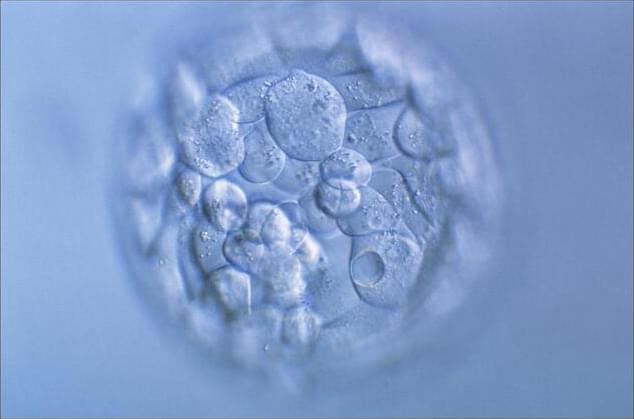TEL AVIV: Israel has made a small but significant step towards a laser-based system that is capable of intercepting missiles, with the announcement that the country’s “Iron Beam” system officially has a budget.
The program, which has existed in some form of R&D for more than a decade, has faced headwinds as a result of a long-running conflict between proponents and opponents of laser-based defense systems. But the technology appears to have matured to the point the government is now willing to put real money behind it.
Defense sources here say that the initial effort will be to develop an electric 100–150 kW solid-state laser that will be capable of intercepting rockets and missiles. The idea is to use two laser guns to create the needed power.




